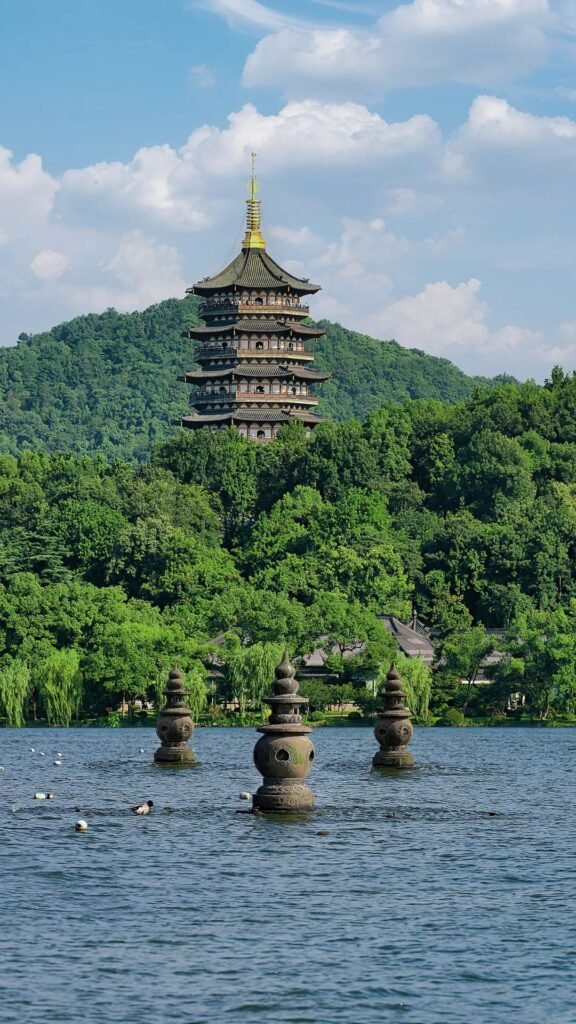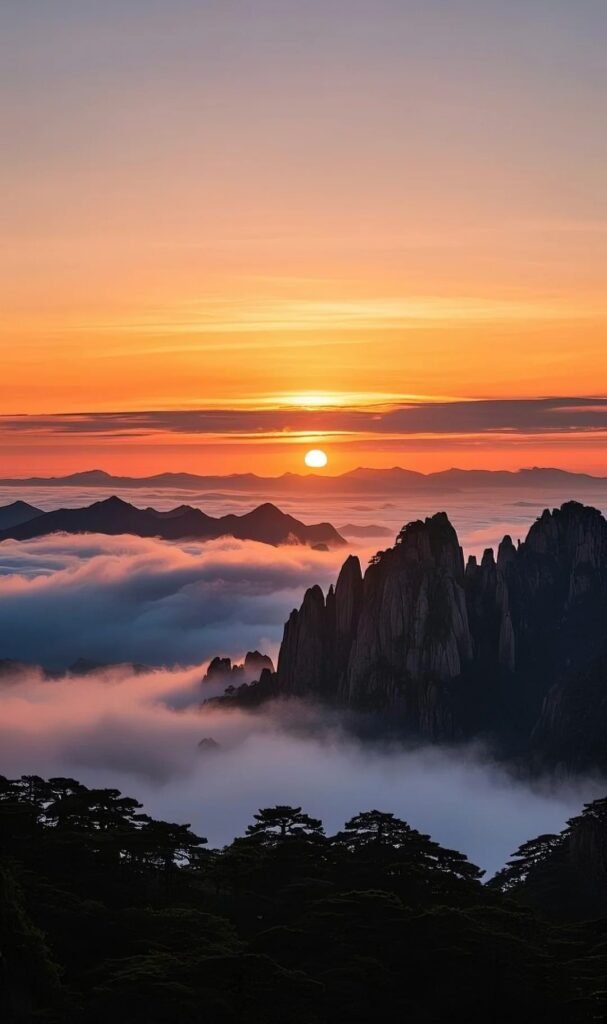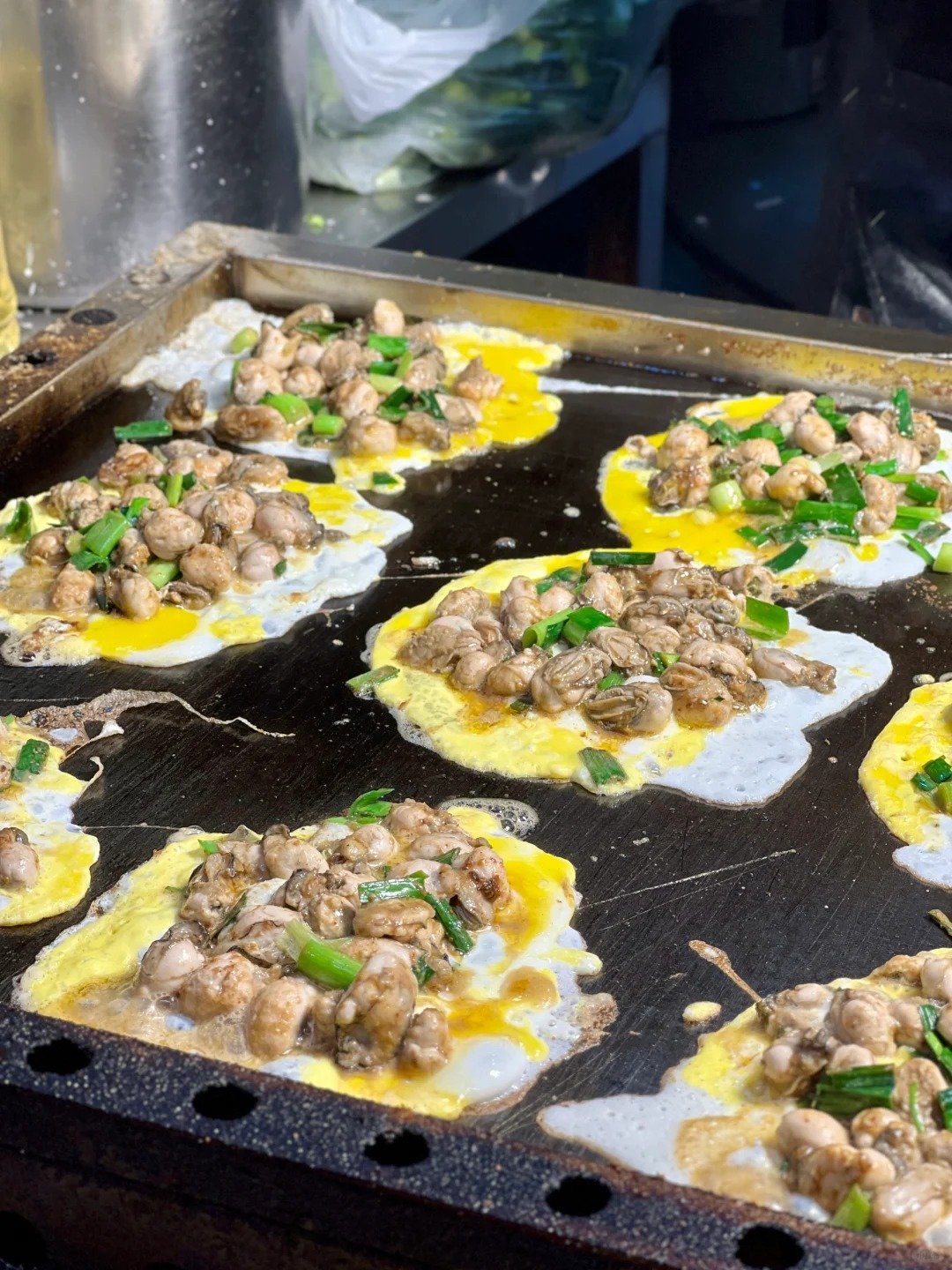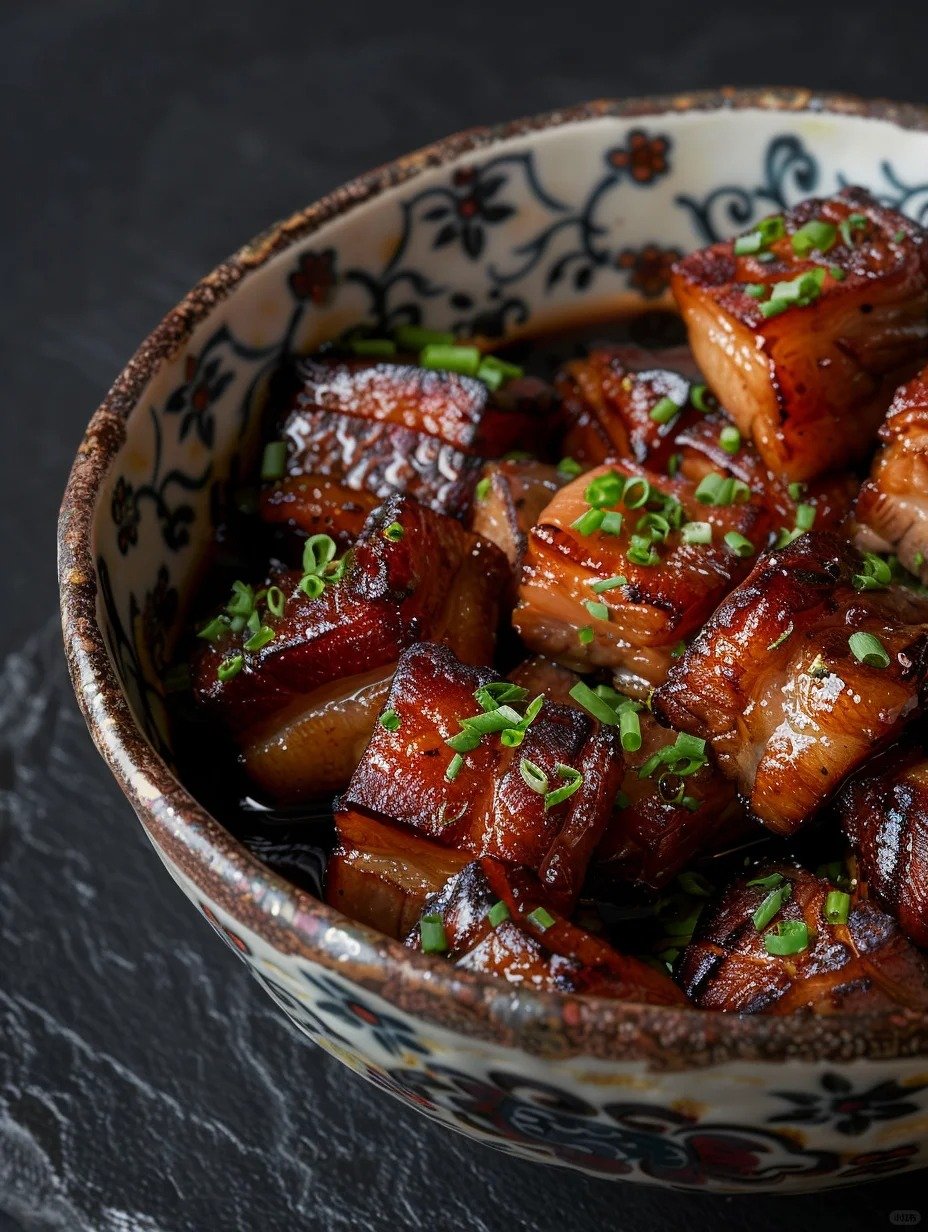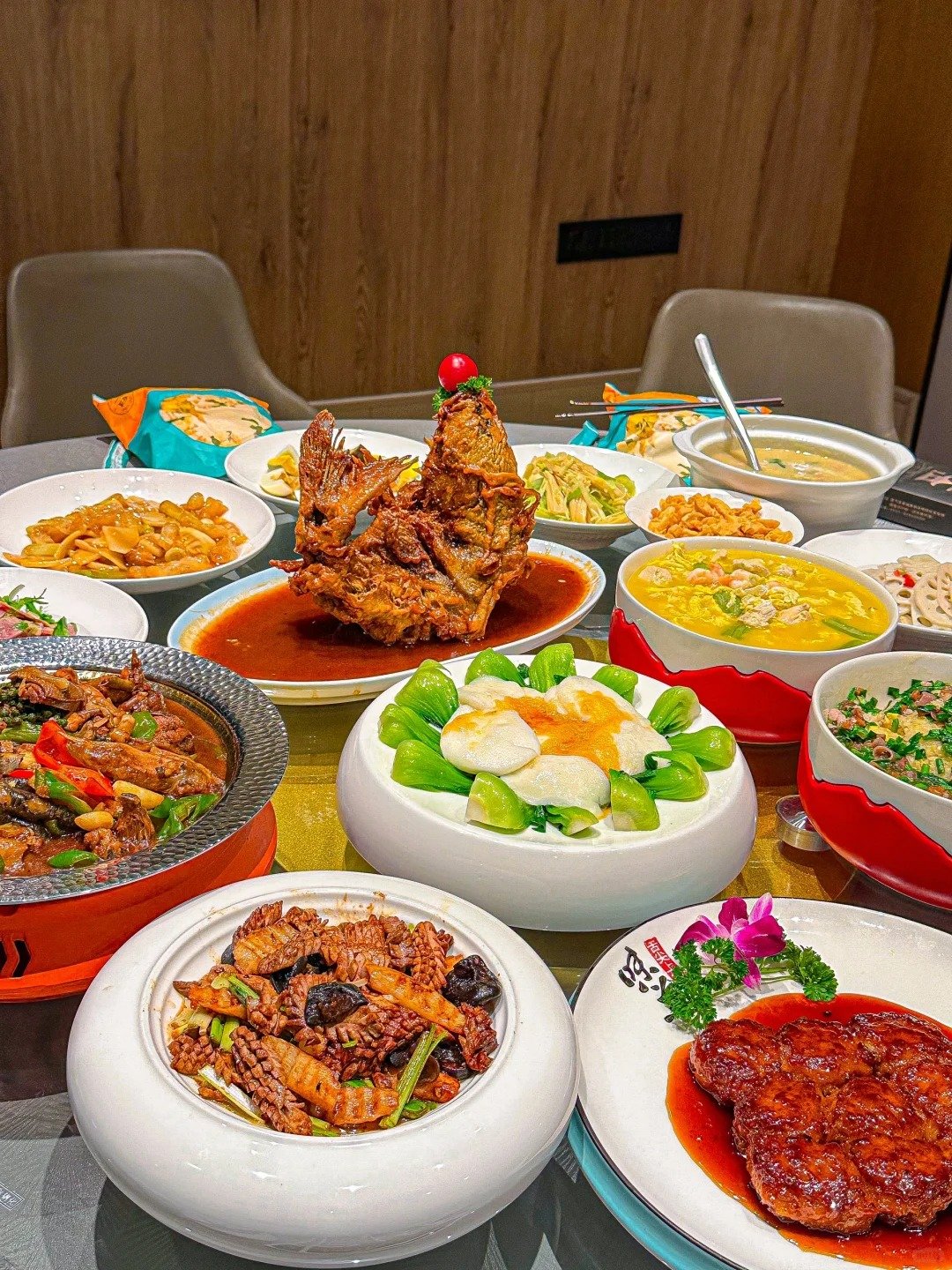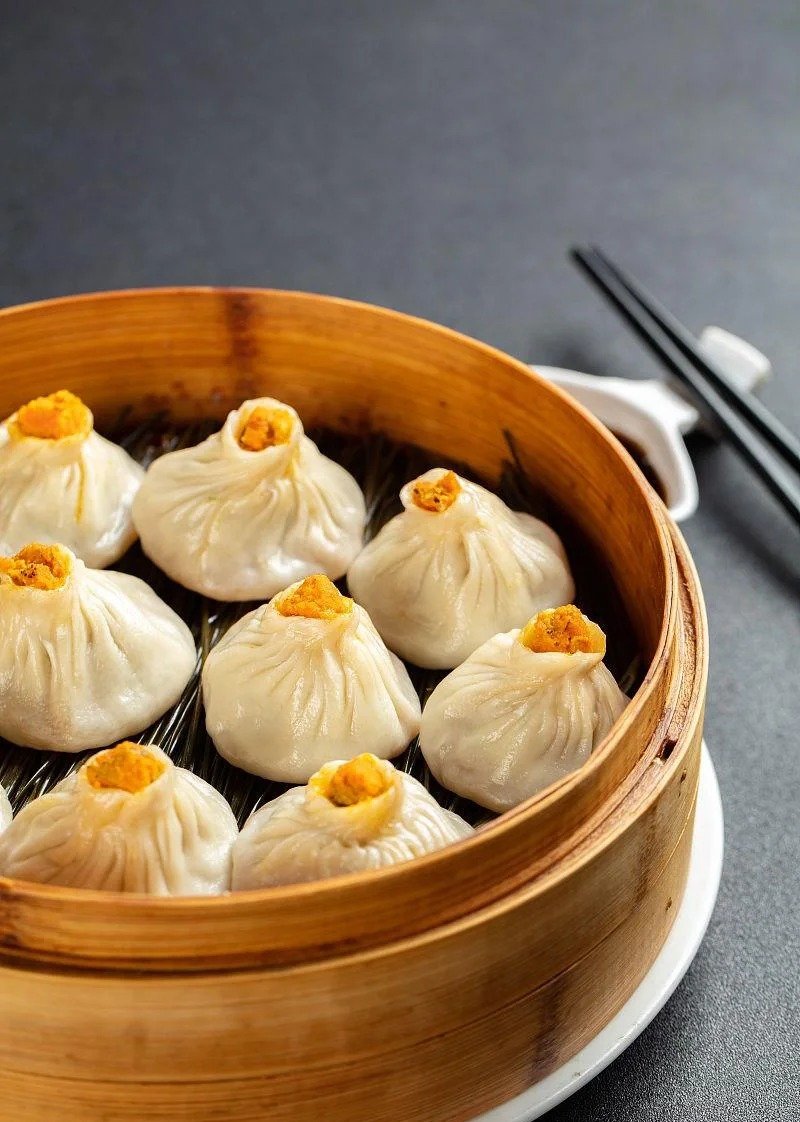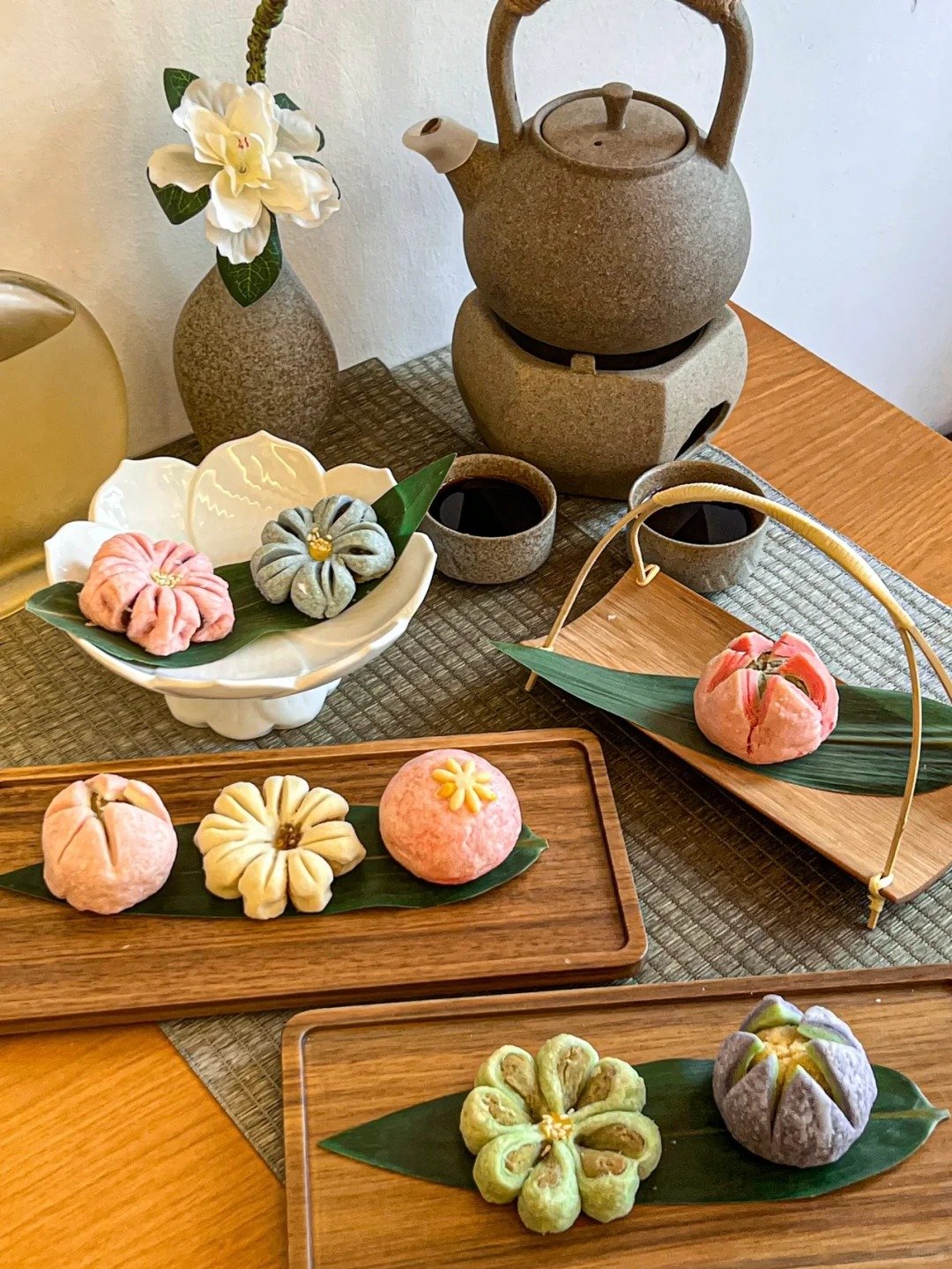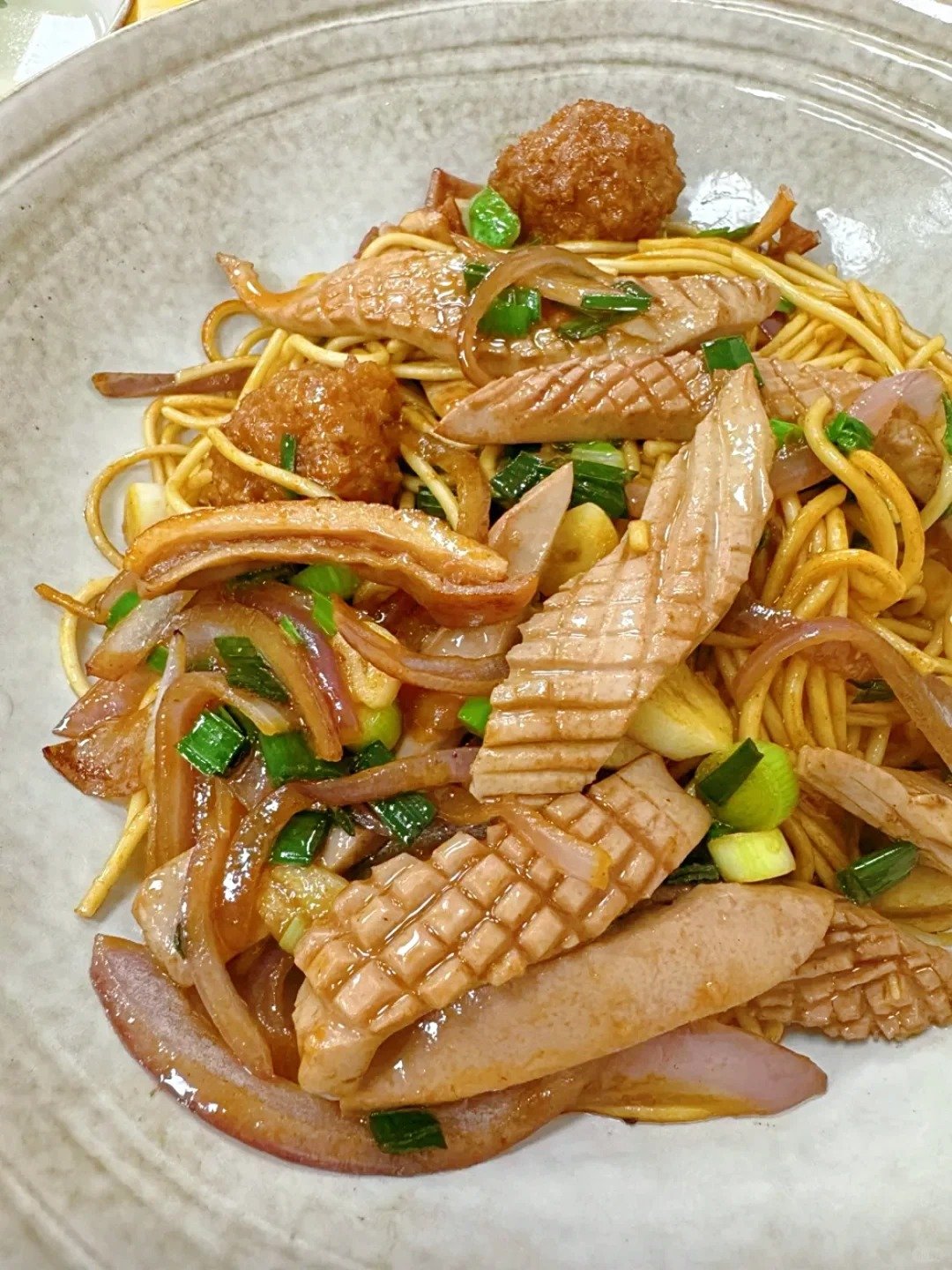
Oligo to East China
Millennia of cultural heritage meet the sea at the mouth of the Yangtze, where classical gardens and modern skylines redefine the coordinates of Eastern aesthetics.
Some numbers about
East China
Main cities
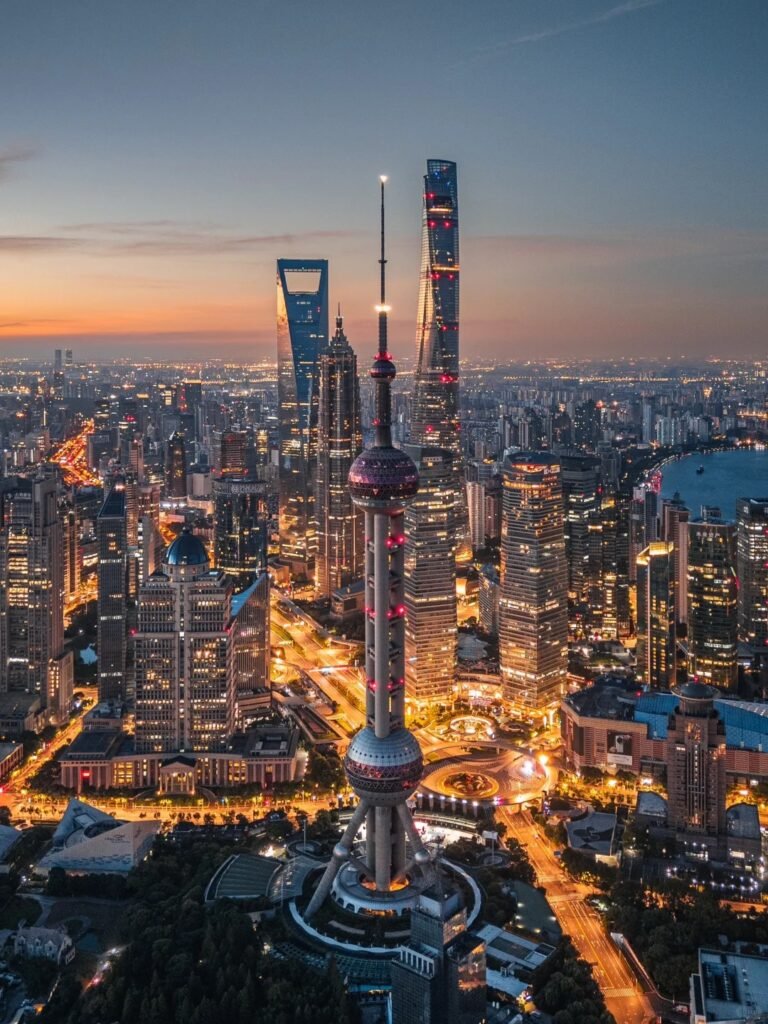
Shanghai
China’s Financial Capital, where the opulent European facades of the Waitan face off with Lujiazui’s futuristic skyline. Slip into a lilong alley for soup dumplings, and around the corner, find a qipao tailor humming at her sewing machine. Shanghai is where China’s boldest, most diverse cultures collide — no wonder they call it the “Magic City.
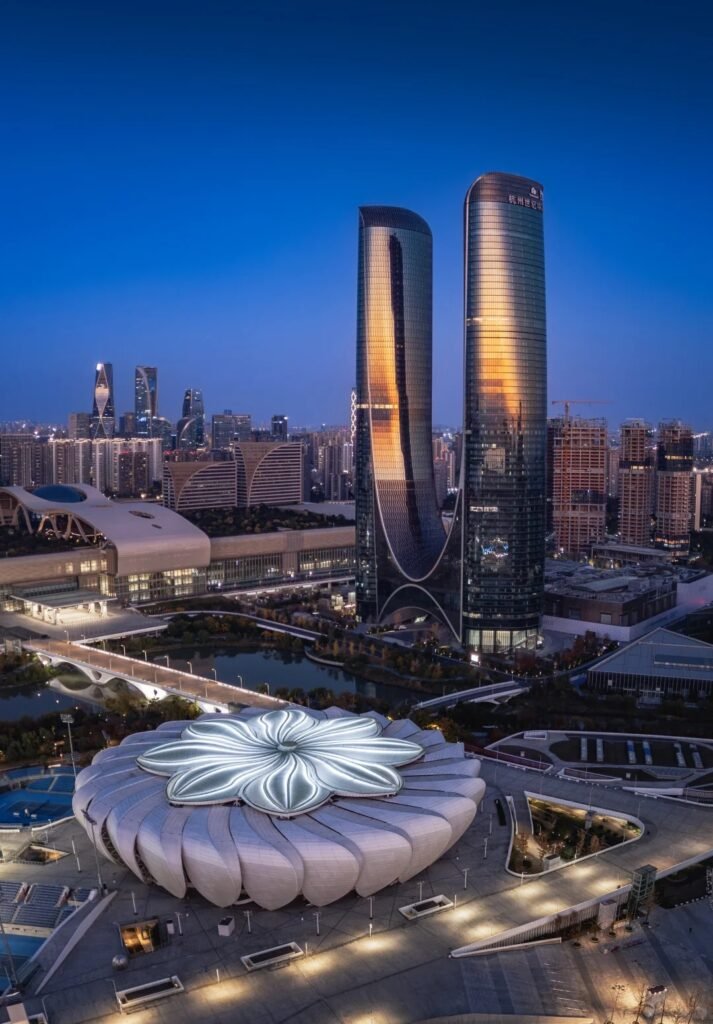
Hangzhou
A poetic haven once called “Heaven on Earth,” Hangzhou’s West Lake lingers in every dream. Beneath Leifeng Pagoda, the legend of the White Snake has lived for a thousand years. Brew spring in a cup — just one bud, one leaf, and the pure water of Hupao Spring.Osmanthus falls, lotus-root sweetens, and the air turns to honey.
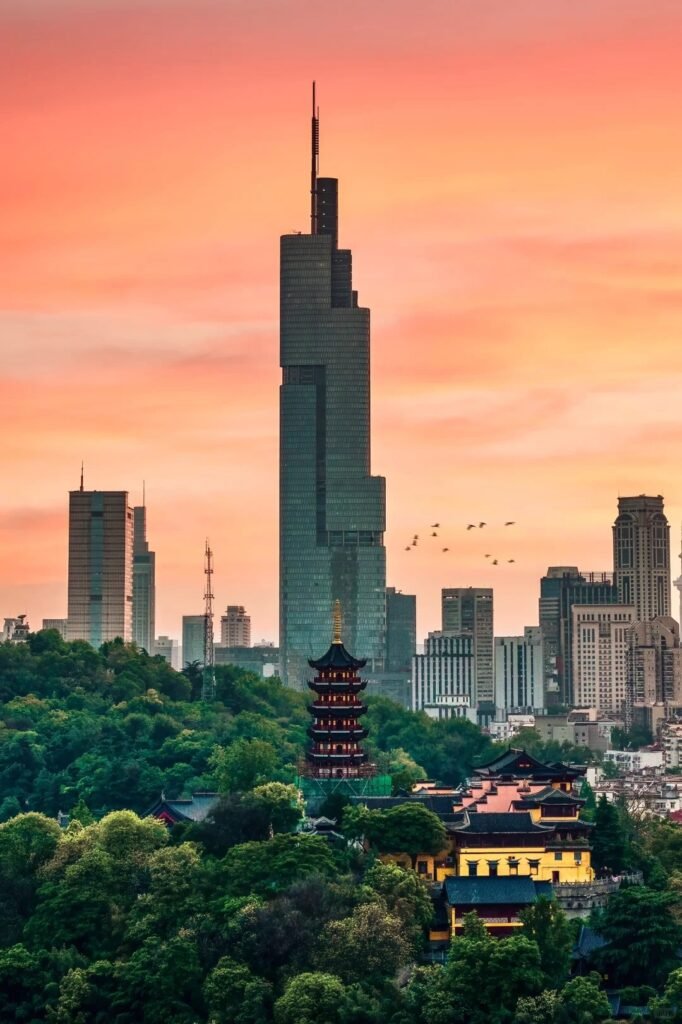
Nanjing
A timeless beauty steeped in the mist of Six Dynasties. Names of ordinary people are etched into the bricks of the Ming City Wall, and old dreams sway gently with the boats on the Qinhuai River. Nothing feels more satisfying than picking up a freshly roasted duck right beneath a neighborhood apartment.
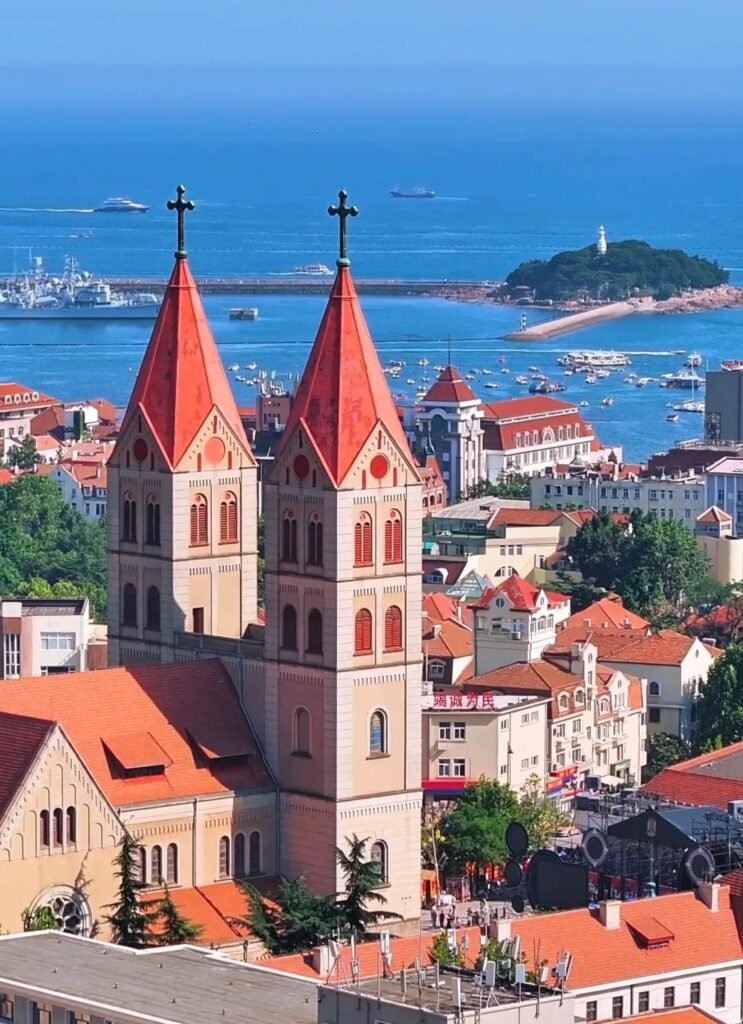
Qingdao
Beer-soaked revelry under German red rooftops. A seaside city built into the hills, where old men cast surf rods from the pier into crashing waves. At the night market, sizzling grilled squid meets fresh beer in plastic bags—just the local way. Watch out, though the seagulls at the harbor have a taste for Qingdao street snacks too.
About more information on East China?
East China lies along the country’s eastern flank, a land nourished for millennia by the Yangtze and Qiantang rivers — a cradle of prosperity and refinement.
This is the birthplace of Jiangnan’s water towns: where Suzhou’s classical gardens evoke the serenity of Song Dynasty paintings with their limestone rockeries, and Hangzhou’s West Lake—its Broken Bridge dusted with snow—still whispers the legend of the White Snake.
On either side of the Huangpu River, Shanghai’s Bund and its neoclassical façades face off with the futuristic skyline of Lujiazui. In Nanjing, lanterns flicker across the Qinhuai River beside Confucius Temple, once a hub of imperial examinations during the Ming and Qing.
From the cloud-wreathed pines of Yellow Mountain to the seafood-laden docks of Zhoushan; from the delicate folds of Wuxi’s soup dumplings to the aged aroma of Shaoxing rice wine—tradition lives on. The echoes of oars still ripple through Yangzhou’s ancient canals, while the wooden punts of Hangzhou’s Xixi Wetland now glide past tech campuses of China’s digital future.
Travel 45 minutes by bullet train between Shanghai and Hangzhou, or wander the stone-paved alleys of Huizhou’s ancient villages, where intricately carved doorways open to a world that bridges time — from the icy glaze of Jingdezhen porcelain to the sea of code in Alibaba’s Xixi campus.
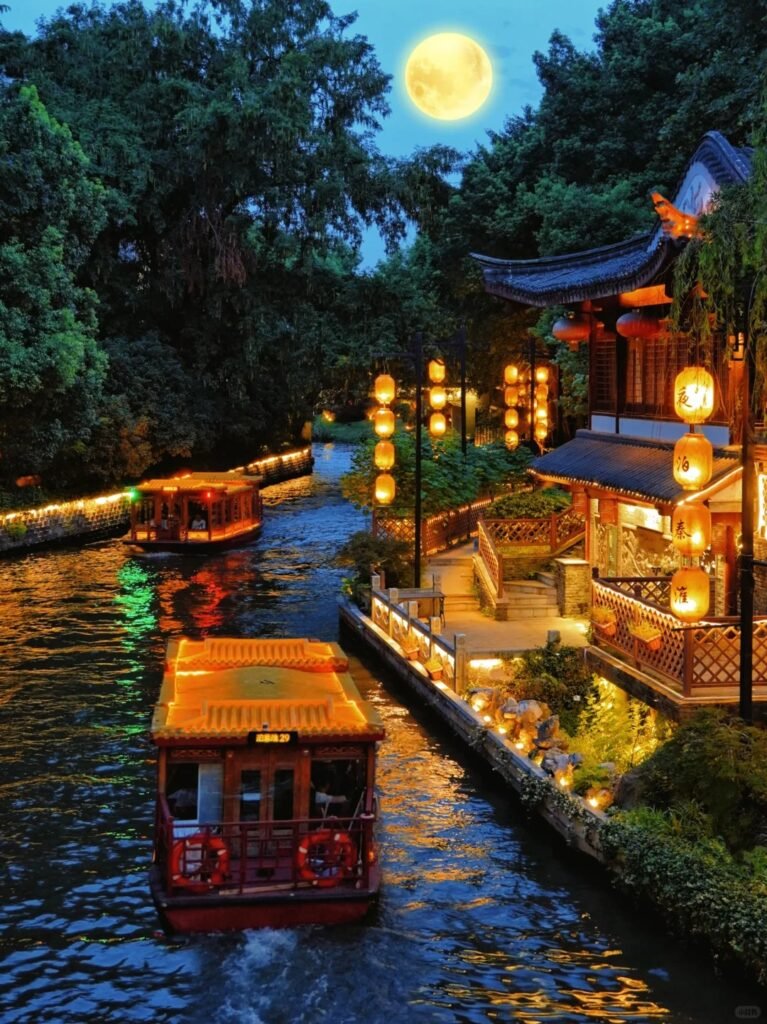
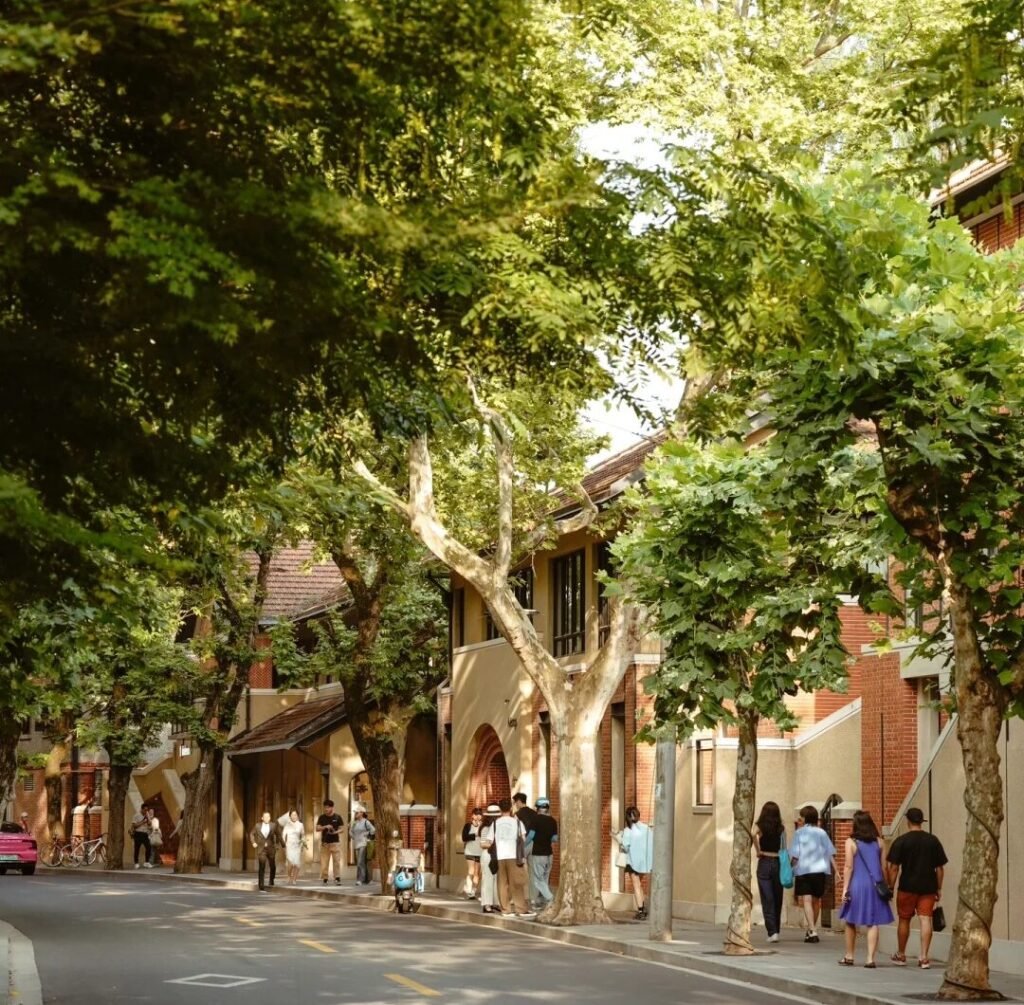
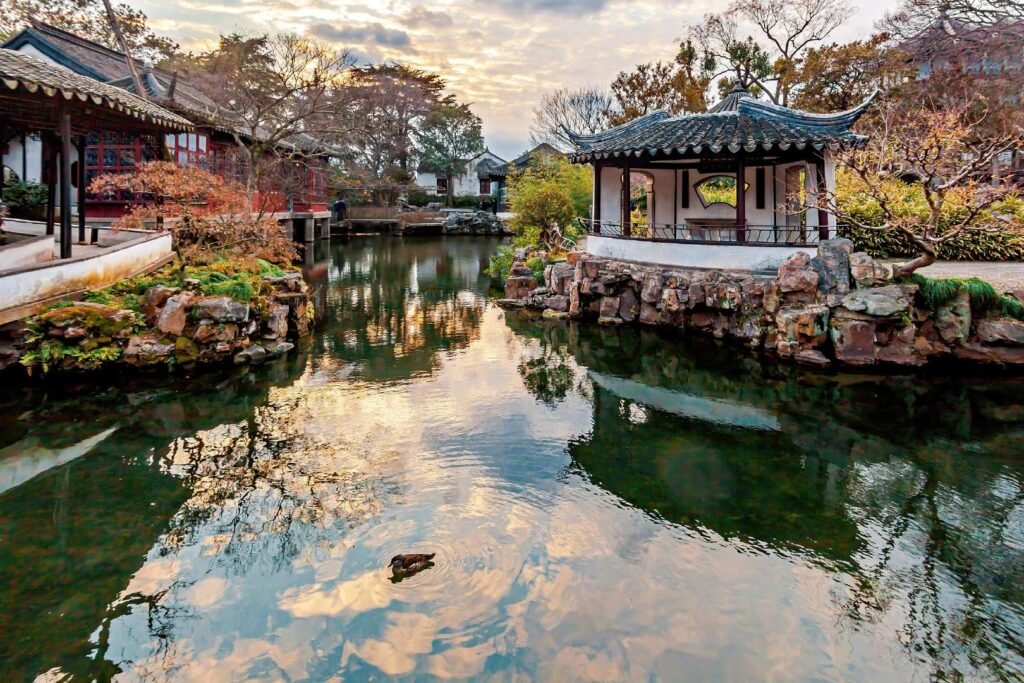
Scenery you can't miss
